On October 21, Army Recognition cited recent reports revealing that North Korea's Hwasong-9 medium-range ballistic missile had been deployed to attack targets on Ukrainian territory.
According to the report, this information was shared on the X platform (formerly Twitter) by Chuck Pfarrer, former leader of the US Navy SEAL Team Six and a reputable military analyst. According to the report, these missiles have appeared on the Ukrainian battlefield since November last year, marking a new escalation in the conflict when North Korea began providing military support to Russia.
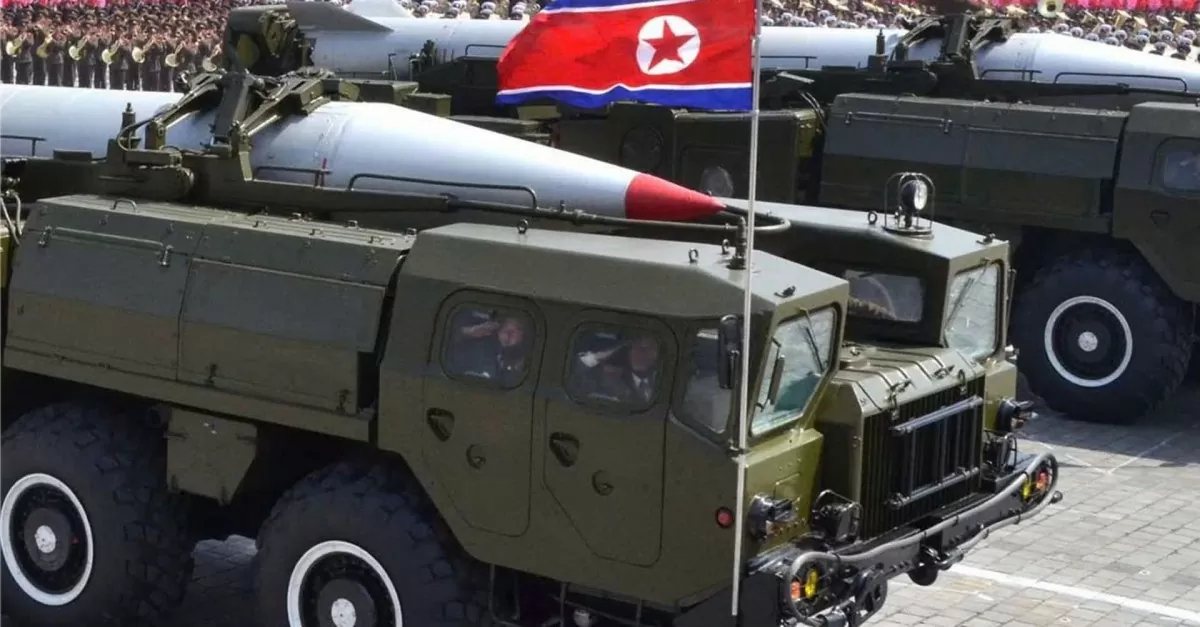 |
| The Hwasong-9 is a medium-range ballistic missile developed by North Korea based on the Hwasong-6 (Scud-C) design, capable of hitting targets up to 500-700 km away. (Photo source: MDAA website) |
The Hwasong-9 is a key component of North Korea’s ballistic missile arsenal. It was developed domestically from the Hwasong-6, which was an upgraded version of the Soviet-era Scud-C. Capable of carrying a conventional or nuclear warhead, the Hwasong-9 is a mobile surface-to-surface missile with an estimated range of 500 to 700 kilometers. This allows it to strike targets within short to medium ranges, making it a formidable weapon on the battlefield.
One of the most notable features of the Hwasong-9 is its mobility and versatility, thanks to its transporter erector launcher (TEL). This allows the missile to be easily moved, quickly repositioned, and launched unexpectedly, increasing its survivability on the battlefield. This is the result of North Korea’s long-term strategy of adapting and improving foreign technologies to serve its military needs, and reflects the process of military technology transfer between Russia, Iran, and North Korea.
North Korea has also played a key role in supplying ammunition to Russia in the war in Ukraine. According to Army Recognition, North Korea supplied about half of the large-caliber ammunition used on the battlefield in 2024, an estimated 2 million rounds. In addition, North Korea's KN-23 ballistic missiles were also used in many attacks in Ukraine in the winter of 2023-2024. This information was further confirmed when in May 2024, the US Defense Intelligence Agency (DIA) confirmed that Russia had deployed North Korean missiles, following the summit between Kim Jong Un and Vladimir Putin in September 2023.
According to Army Recognition, the deployment of the Hwasong-9 missile in Ukraine marks the first time that North Korea has directly participated in the conflict. Although the targets attacked by this type of missile are still unclear, the appearance of the Hwasong-9 shows the deepening military relationship between North Korea and Russia. Russia, after more than a year and a half of fierce war, is looking to increase its supply of weapons and ammunition, and North Korea has become a strategic partner in providing the necessary military equipment.
For Ukraine, the presence of the Hwasong-9 missile adds to the challenge of its defense strategy. Ukraine currently relies heavily on air defense systems provided by its Western allies to counter missile attacks from Russia. However, having to deal with a new and technologically advanced missile like the Hwasong-9 could force Ukraine to adjust its strategy, as it has no experience dealing with North Korean weapons systems.
Source: https://congthuong.vn/ten-lua-trieu-tien-hwasong-9-duoc-phat-hien-tan-cong-muc-tieu-o-ukraine-353771.html




![[Photo] Prime Minister Pham Minh Chinh chairs meeting on science and technology development](https://vphoto.vietnam.vn/thumb/1200x675/vietnam/resource/IMAGE/2025/5/17/ae80dd74c384439789b12013c738a045)

![[Photo] Readers line up to visit the photo exhibition and receive a special publication commemorating the 135th birthday of President Ho Chi Minh at Nhan Dan Newspaper](https://vphoto.vietnam.vn/thumb/1200x675/vietnam/resource/IMAGE/2025/5/17/85b3197fc6bd43e6a9ee4db15101005b)
![[Photo] More than 17,000 candidates participate in the 2025 SPT Competency Assessment Test of Hanoi National University of Education](https://vphoto.vietnam.vn/thumb/1200x675/vietnam/resource/IMAGE/2025/5/17/e538d9a1636c407cbb211b314e6303fd)



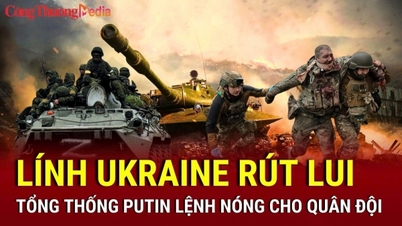


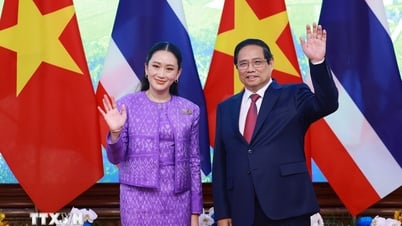

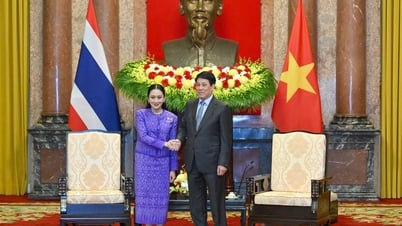

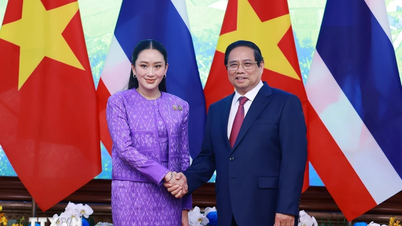
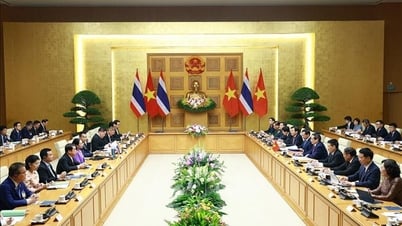

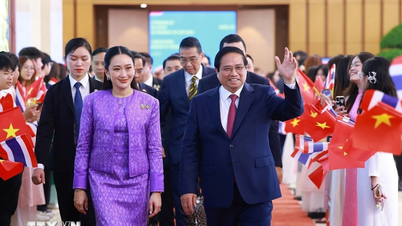

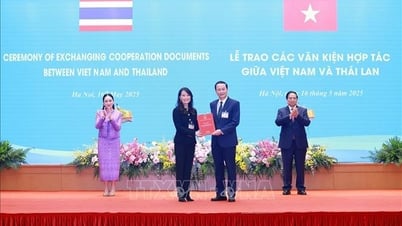





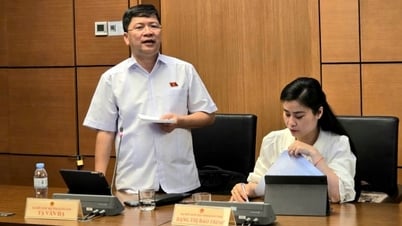

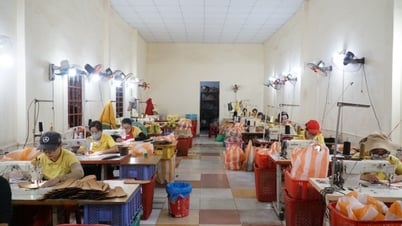
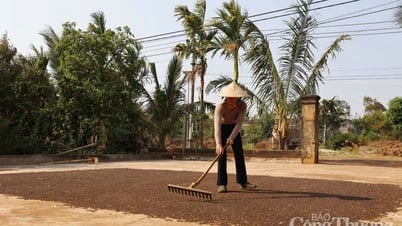
![[Photo] Nearly 3,000 students moved by stories about soldiers](https://vphoto.vietnam.vn/thumb/1200x675/vietnam/resource/IMAGE/2025/5/17/21da57c8241e42438b423eaa37215e0e)




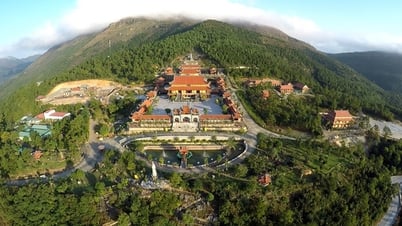
















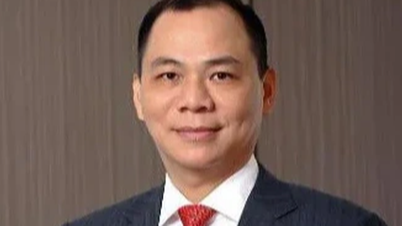



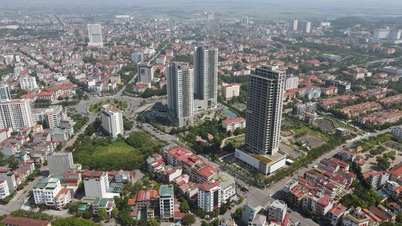







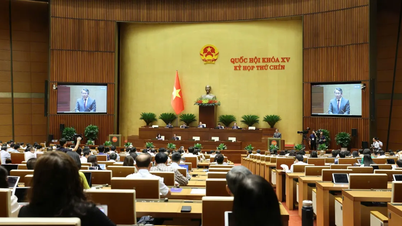

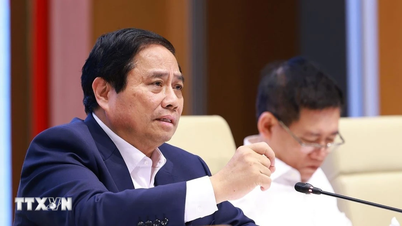
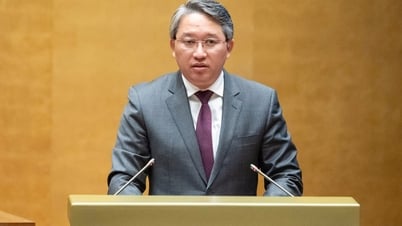



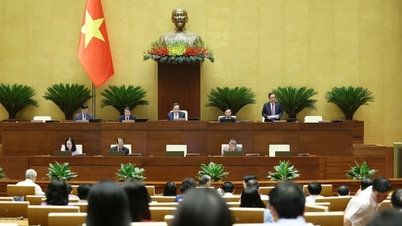
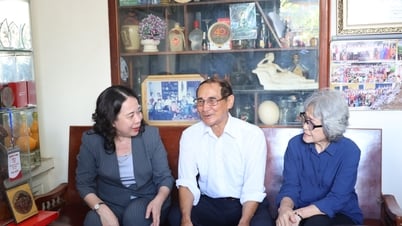

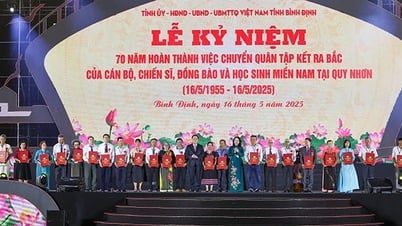
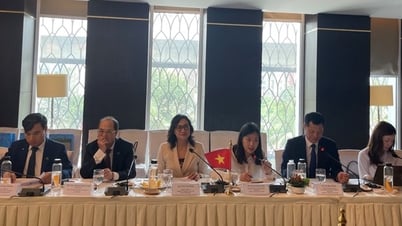



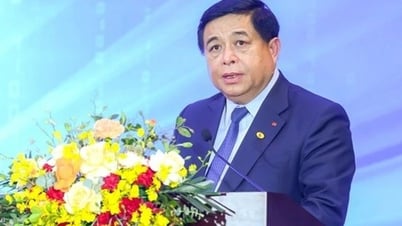









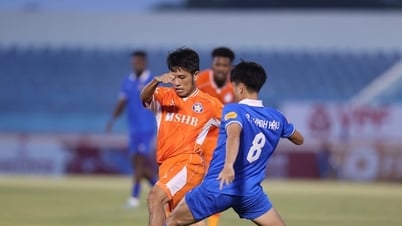
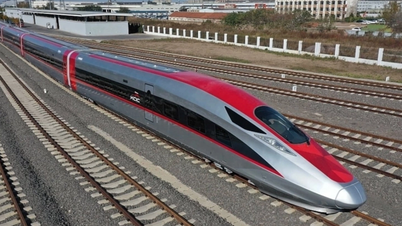











Comment (0)